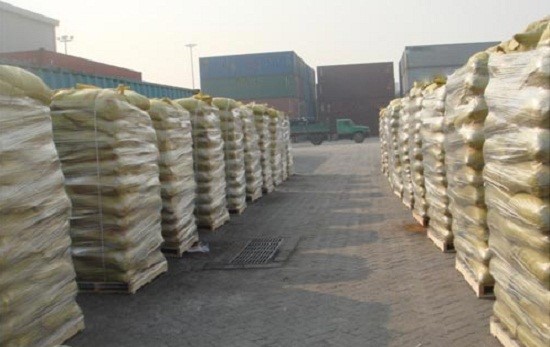Sodium gluconate 98% is the sodium salt of gluconic acid. It looks like fine white or crystalline powder which is very soluble in water. Being non-corrosive, non-toxic, and readily biodegradable (98% only after two days), sodium gluconate is highly appreciated as a chelating agent. Besides, it has been known as one of the primary components in the polycarboxylate superplasticizer (PCE) system due to its great retarding impact.
This multi-functional ingredient can be used in plenty of fields. The amazing feature of sodium gluconate 98% is its chelating power in alkaline and concentrated alkaline solutions. It creates stable chelates with chemicals like calcium, iron, copper, aluminum, and other heavy metals.
In this case, it exceeds all the other chelating agents, such as EDTA, NTA, and related compositions. It also has a crucial role in several aspects, such as construction, textile printing, and dyeing.
A Quick Snapshot of Sodium Gluconate’s Properties
- Form – Crystalline Powder
- Color – White to light beige
- Melting point – 206 °C (dec.)(lit.)
- Solubility – Very soluble in water; sparingly soluble in alcohol; insoluble in both
- Recommended Storage temp. – Store below +30°C
- PH – 7.0-8.0 (100g/l, H2O, 20℃)
- Stability – Stable. Incompatible with potent oxidizing agents.
Industrial Usage
Also known as a chelating agent, sodium gluconate has a sequestering power to blend with di- and trivalent metal ions. Due to this, it is used in:
- Metal surface treatment
- Bottle washing
- Industrial cleaning
- Water treatment
- Corrosion inhibition
Uses in Construction
In addition to it, it is used in the construction industry due to its retarding cement enhancing additive effect. It delays the setting time and extends the functioning durability of concrete, which can be a few hours to a few days without impeding the strength. A few instances are –
- Sodium gluconate reduces the ratio in Water to Cement (W/C), which results in concrete strengthening Include sodium gluconate to make concrete of higher potency.
- Due to higher temperatures, oil well grouting can get challenging to do. Sodium gluconate is added to ensure the mud can be worked out at even temperatures like 170℃ for long hours.
- Heavy-duty perfusion constructions can be burdensome. After adding sodium gluconate, the usability of concrete improves by delaying the setting time. Also, in this way, structural strength and contact surface improve.
- To delay the setting time of any concrete mixture, add sodium gluconate.
The waterborne solutions of sodium gluconate are impervious to oxidation and reduction, especially at high temperatures. But it gets degraded easily after two days, biologically, and has no wastewater problem at all. It also acts as an excellent set retarder and the right plasticizer/water reducer for concrete, mortar, and gypsum.
Uses in the Food Industry
One of the lesser-known facts about this agent is that it is primarily used as a chelating agent and a cleaner in food and industrial uses. Thus it is being used for its pH buffering and taste enhancement in food.
The food-grade sodium gluconate can help in:
- Chelating undesirable metal ions
- pH buffering in drinks
- Improves the taste of beverage through masking or lessening the bitterness caused by soybean protein, minerals, caffeine, or artificial sweeteners
- Acts as a stabilizer for meat products by maximizing the water-binding capability in meat and bettering its suppleness
- Is a replacement of phosphates
Usage in Pharma & Nutraceuticals
It acts as a buffer and pH adjuster for:
- Suspension
- Hard capsules
- Syrups
- Swallowable/orally dispersible tablets
- Others
We can also find it in various skincare products, such as facial moisturizers, toothpaste, and soap, due to its chelating and skin conditioning properties.






